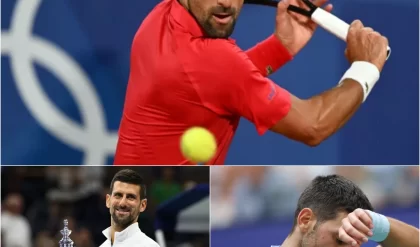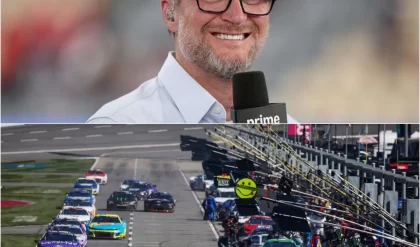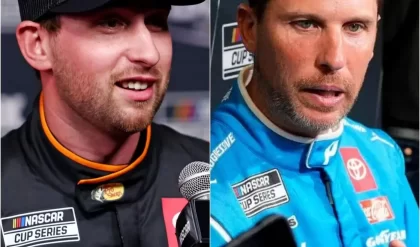Red Bull Racing is heading into the 2025 Formula 1 season with uncertainty looming over its dominance, as technical struggles and internal turmoil threaten to derail its success. Despite an increased wind tunnel allocation, the team faces significant hurdles in optimizing its car performance. The 2024 development path, once expected to keep Red Bull ahead until the 2026 regulation changes, has proven ineffective. The departure of key personnel, including Adrian Newey, has further compounded their woes.
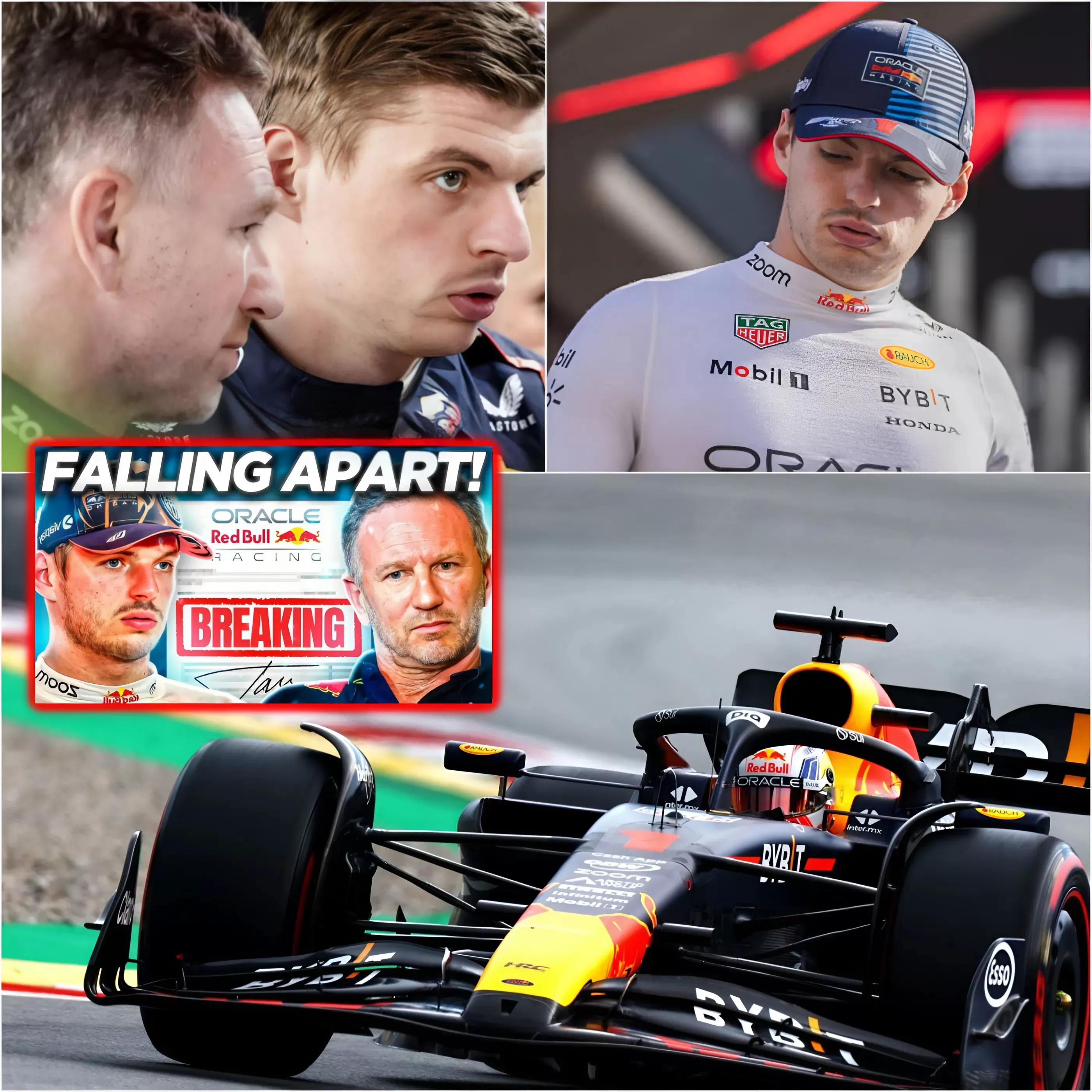
Max Verstappen, the reigning world champion, has expressed concerns about the team’s ability to remain competitive. While he remains the undisputed leader within Red Bull, he faces mounting pressure from rival teams such as Ferrari and McLaren, who are aggressively developing their 2025 challengers. If Red Bull’s upgrades fail to deliver, Verstappen may struggle to defend his title, especially with the likelihood of increased competition from teams that have significantly improved their aerodynamic and power unit capabilities.
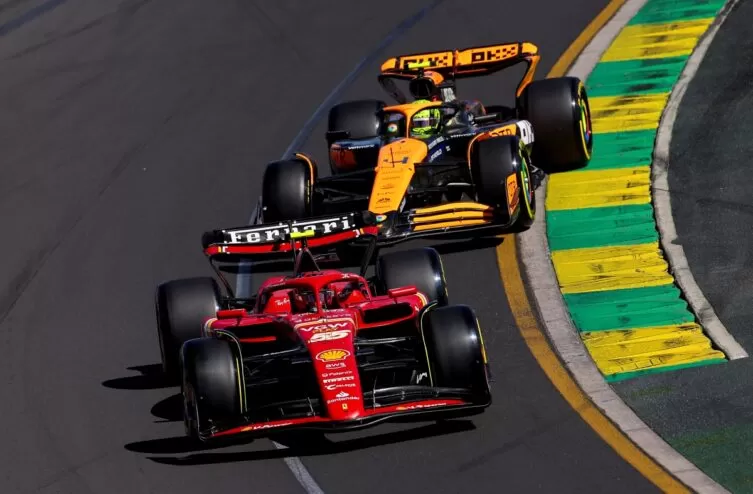
Beyond 2025, Red Bull’s biggest concern lies in its 2026 power unit project. The team will be developing its own engine for the first time, a move that places them at a disadvantage compared to established manufacturers like Mercedes, Ferrari, and even Audi. The uncertainty surrounding this transition has led to speculation about Verstappen’s long-term commitment to the team. His father, Jos Verstappen, has openly stated that Max will not remain in a team that cannot build a race-winning car, fueli
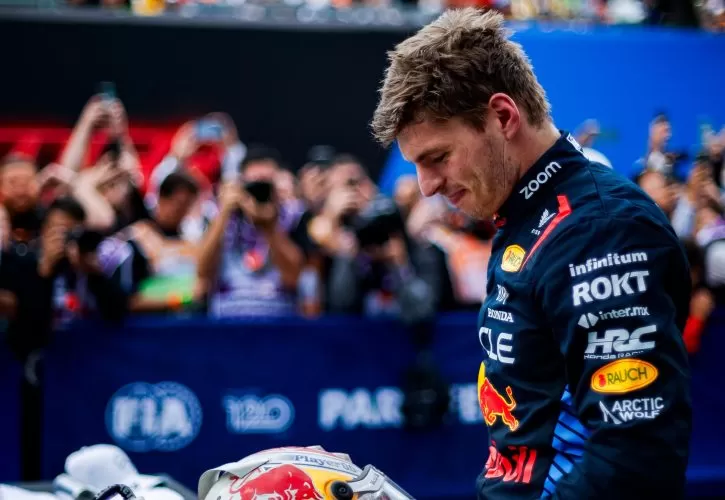
Tea
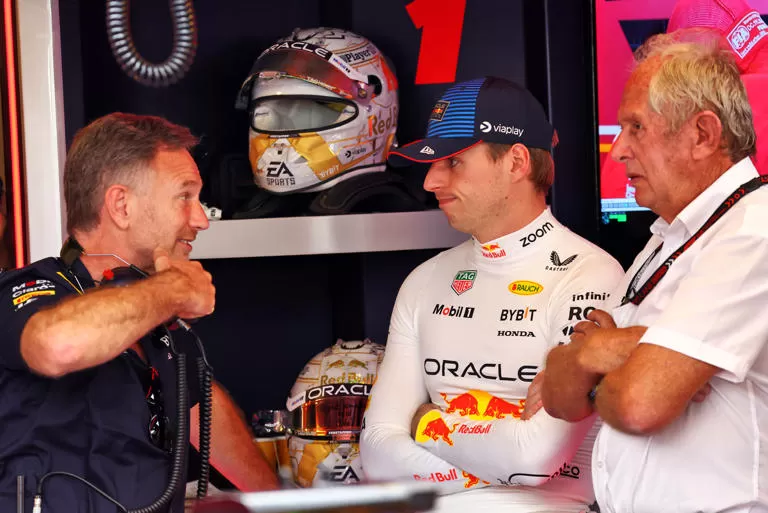
With Ferrari and McLaren gaining momentum and Mercedes expected to make a strong push in 2025, Red Bull’s dominance is no longer guaranteed. The team must make critical decisions on resource allocation between 2025 and 2026 development. Balancing short-term competitiveness with long-term engine development could determine Red Bull’s future—and whether Verstappen remains its centerpiece.

If Red Bull fails to address its performance issues, the consequences could be severe. Verstappen, known for his relentless pursuit of excellence, has shown little patience for underperforming machinery. While Red Bull has relied on his ability to extract maximum performance even from a flawed car, expecting him to carry the team indefinitely is unrealistic. The Dutch driver’s dissatisfaction could escalate if the team’s 2025 challenger fails to match the rapid progress of Ferrari and McLaren.
Another growing concern is internal instability. The departures of key technical figures, combined with ongoing tensions within Red Bull’s management structure, have raised questions about the team’s long-term vision. The situation has already led to speculation that Verstappen could entertain offers from rival teams, particularly those with stronger long-term prospects under the 2026 regulations. Mercedes, which will need a successor to Lewis Hamilton in the coming years, has been frequently linked to Verstappen, while Ferrari remains an attractive option should Charles Leclerc or Carlos Sainz leave.
For Red Bull, the challenge is clear: they must find a way to keep their technical development on track while ensuring that Verstappen remains convinced of the team’s ability to win. If they fail to do so, they risk losing not only their star driver but also their position as Formula 1’s dominant force. The next two seasons could determine whether Red Bull remains at the pinnacle of the sport—or if this marks the beginning of their decline.
